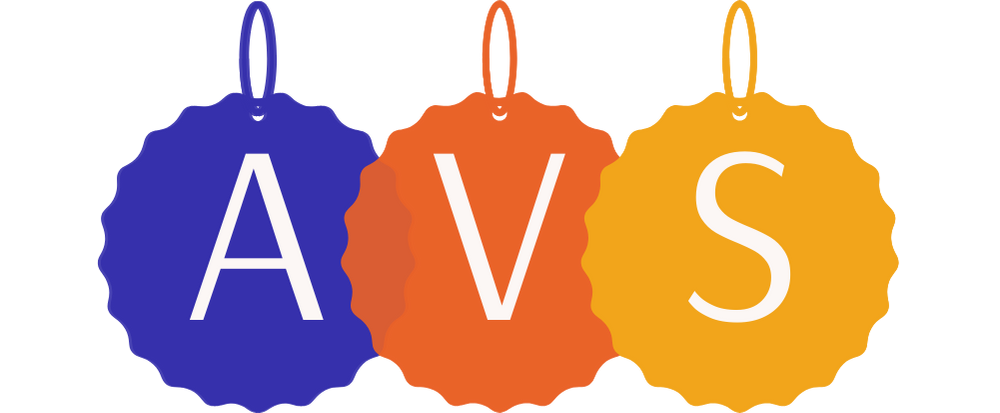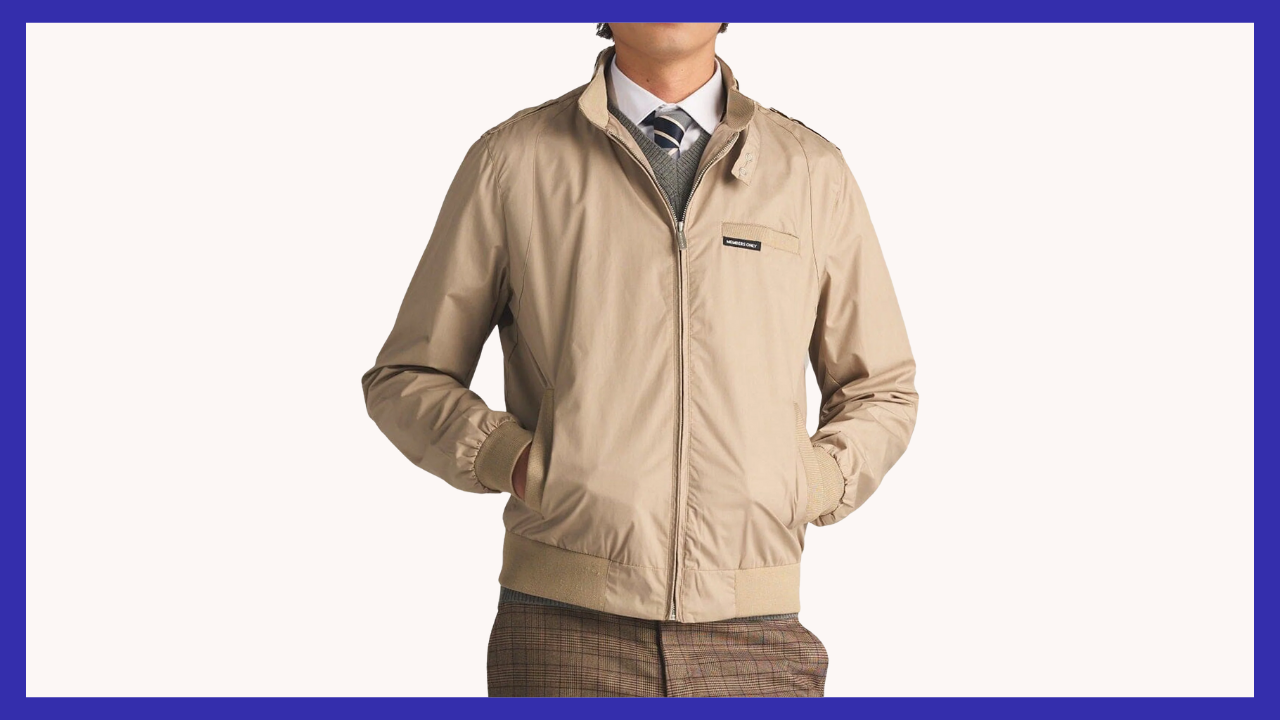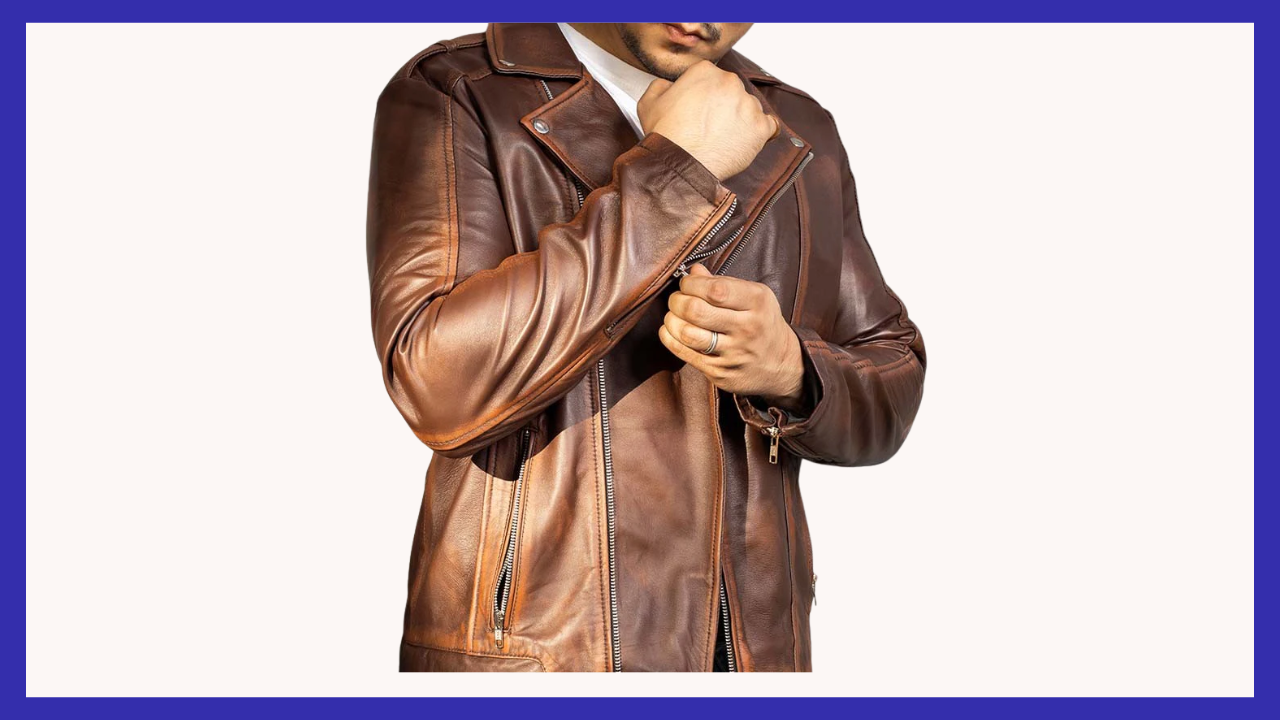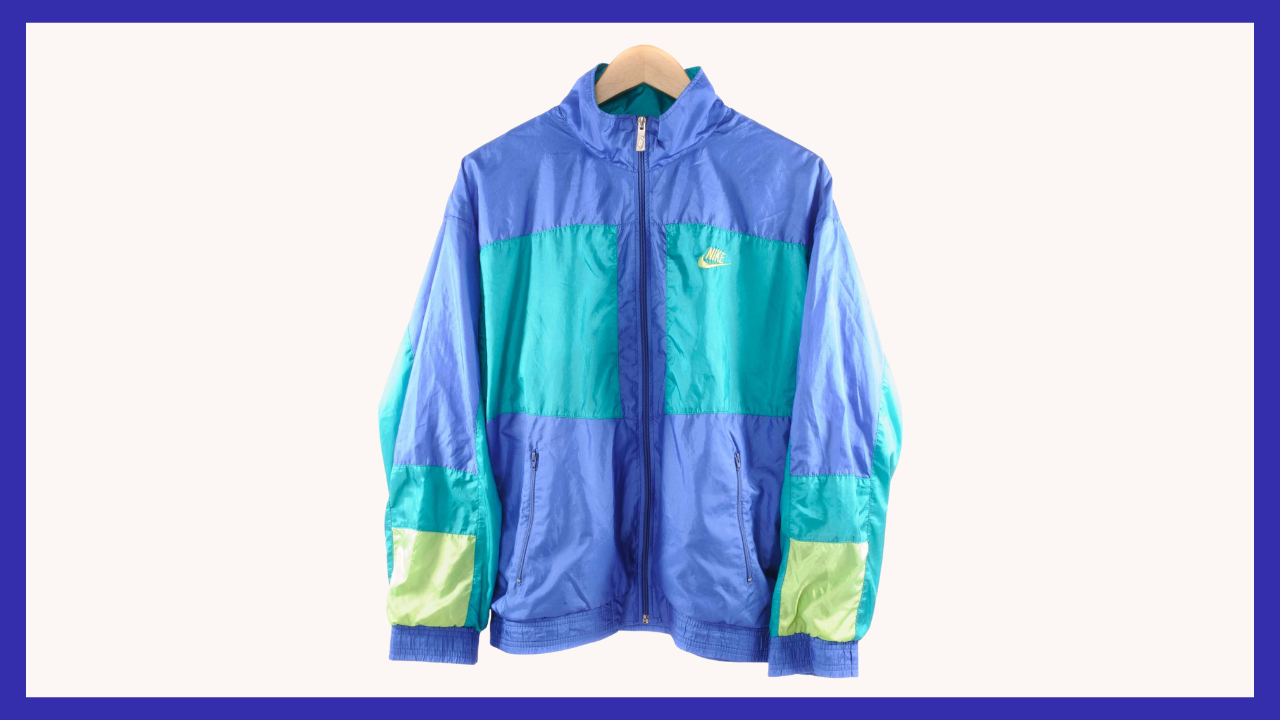AllVintageStyles
The Ultimate Vintage Fashion Encyclopedia
Poncho
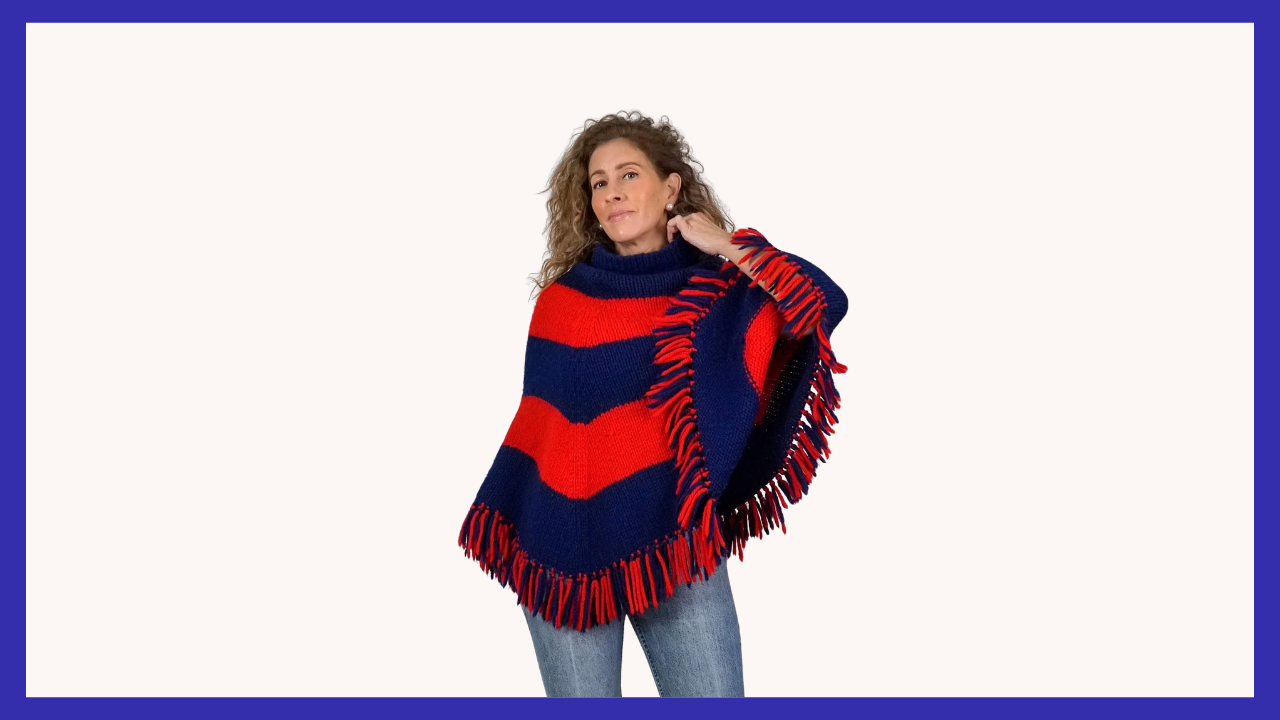
Sleeveless outer garment with central neck opening, originating from South American indigenous cultures and adopted by 1960s counterculture movements.
Quick Facts
- Era: 1970s (peak popularity 1960s-1980s)
- Origin: South America (Andean indigenous cultures, later adopted globally)
- Garment Type: Traditional sleeveless outerwear with ethnic cultural origins
- Key Identifiers: Central neck opening, sleeveless construction, rectangular or circular shape, ethnic patterns
- Typical Resale Price: $30-$250 (authentic vintage pieces)
- Best For: Bohemian fashion enthusiasts, ethnic textile collectors, festival wear advocates
History & Evolution
Ponchos originated thousands of years ago among indigenous Andean cultures in South America, where they served as practical protection against mountain weather while allowing freedom of movement for daily activities. Traditional ponchos represented regional identity through distinctive weaving patterns, colors, and materials that indicated tribal affiliation and social status. The garment's simple construction and effective weather protection made it essential outerwear across diverse South American cultures.
The 1960s counterculture movement discovered ponchos through increased travel to South America and growing interest in non-Western cultural traditions. Hippie and bohemian communities embraced ponchos as symbols of alternative lifestyle choices and rejection of conventional Western fashion. The style represented cultural awareness, artistic appreciation, and anti-establishment values, appealing to young people seeking authentic alternatives to mass-produced clothing.
The 1970s and early 1980s saw ponchos achieve mainstream fashion acceptance while maintaining associations with bohemian and artistic communities. Department stores and import shops made machine-made versions widely available, though handwoven pieces remained prized for their authentic cultural significance. Contemporary fashion occasionally revives poncho trends, but vintage pieces from the counterculture era offer superior craftsmanship and authentic cultural connections that modern reproductions cannot replicate.
Authentication Tips
Authentic 1960s-1980s Features:
- Hand-woven construction with natural wool or alpaca fibers
- Traditional South American patterns and color combinations with cultural significance
- Irregular weaving characteristics indicating authentic handcraft production
- Natural fiber aging and wear patterns appropriate to vintage textiles
- Import tags or labels indicating South American origin or fair trade sourcing
Common Reproductions/Modern Pieces:
- Machine-woven synthetic fabrics or acrylic blends with uniform construction
- Generic geometric patterns without authentic cultural significance or accuracy
- Perfect machine weaving without handcraft irregularities or character
- Artificial aging effects or chemical treatments mimicking vintage wear
- Generic fashion labels without connection to authentic South American textile traditions
Styling & Use Cases
- Best for bohemian enthusiasts: Layer over flowing skirts and peasant blouses for authentic 1970s hippie festival styling
- Ideal for ethnic textile collectors: Display as cultural artifact representing South American weaving traditions and craftsmanship
- Perfect for casual layering: Wear over fitted base layers for contemporary bohemian-inspired weekend looks
Modern styling tips:
- Keep underlying garments simple to showcase the poncho's traditional patterns and handcraft details
- Layer over streamlined basics to balance the poncho's loose, flowing proportions
- Mix with contemporary pieces while respecting the garment's cultural origins and significance
FAQ
Q: How can I tell if a poncho is authentic vintage handwoven construction?
A: Check for hand-woven characteristics with natural wool or alpaca fibers, traditional South American patterns with cultural significance, irregular weaving indicating authentic handcraft, natural aging patterns, and import labels showing South American origin.
Q: What's the typical price range for vintage ponchos?
A: Authentic vintage ponchos range from $30-250 depending on handcraft quality, cultural authenticity, and condition. Museum-quality pieces with documented tribal origins or exceptional weaving command premium prices among textile collectors.
Q: How should I care for a vintage poncho?
A: Hand wash gently in cold water with wool-safe detergent, lay flat to dry to prevent stretching, and store folded with acid-free tissue to prevent moth damage. Avoid machine washing that can damage handwoven construction.
Q: What makes vintage ponchos valuable to collectors?
A: Authentic South American handcraft representing indigenous cultural traditions, superior natural fiber quality and traditional weaving techniques, cultural significance in 1960s counterculture and bohemian movements, and documentation of authentic ethnic textile traditions before mass commercialization.
📷: THERAPI
